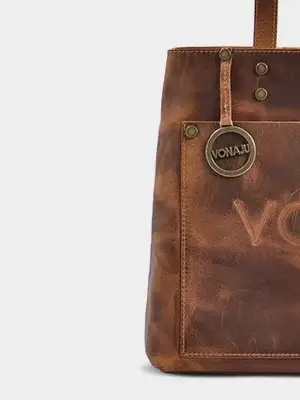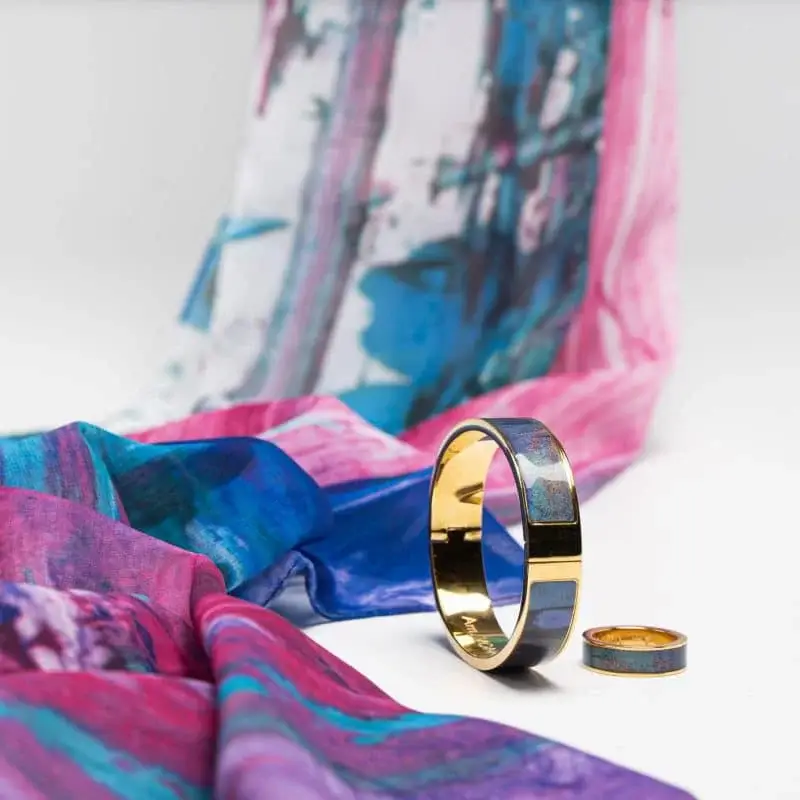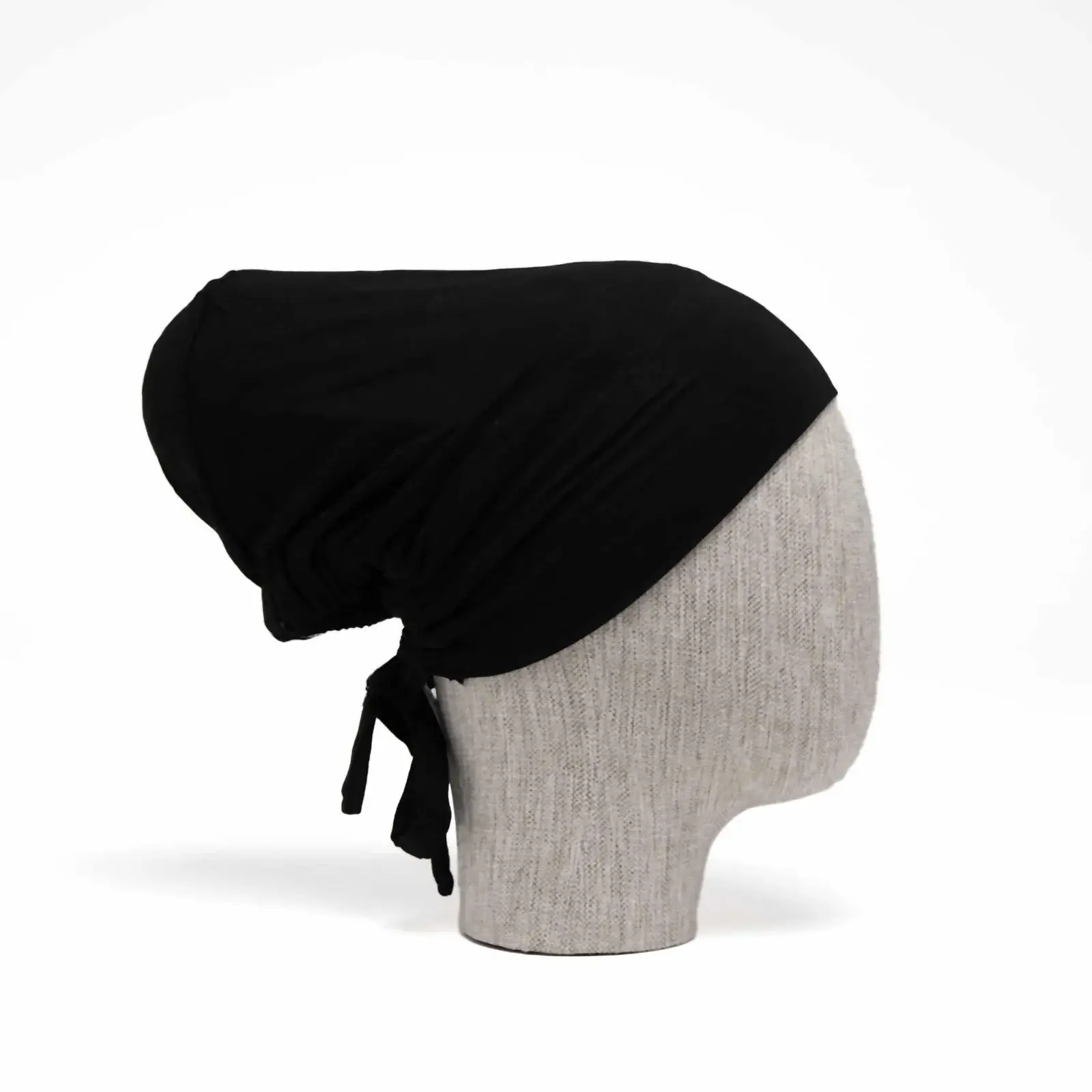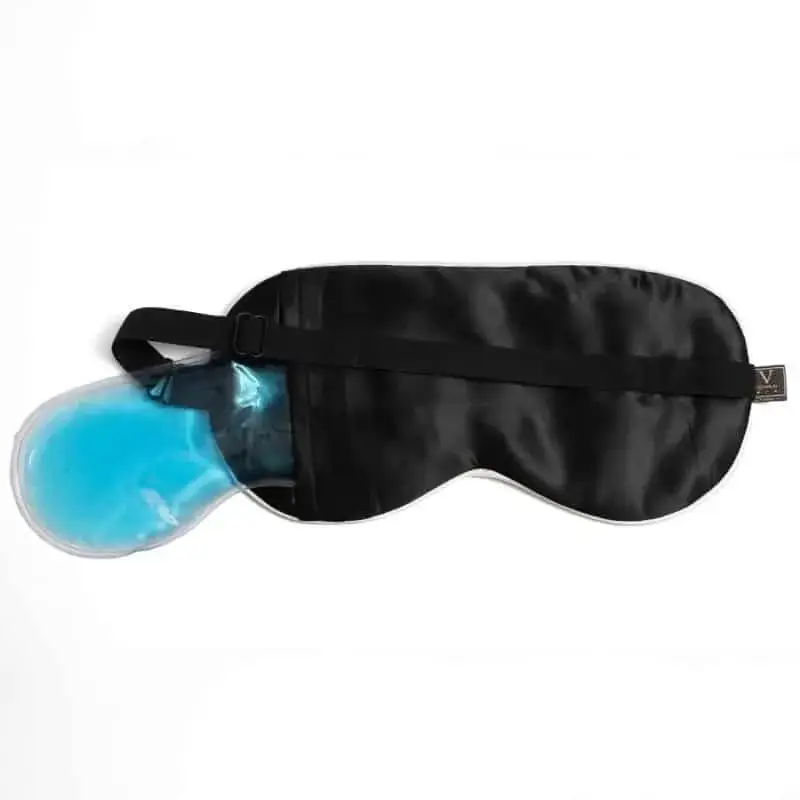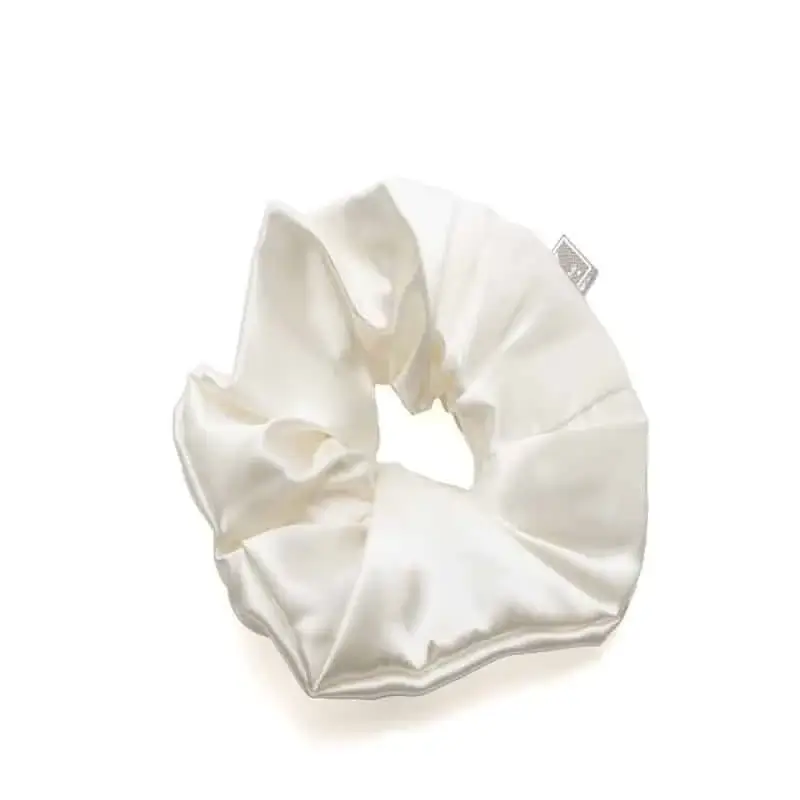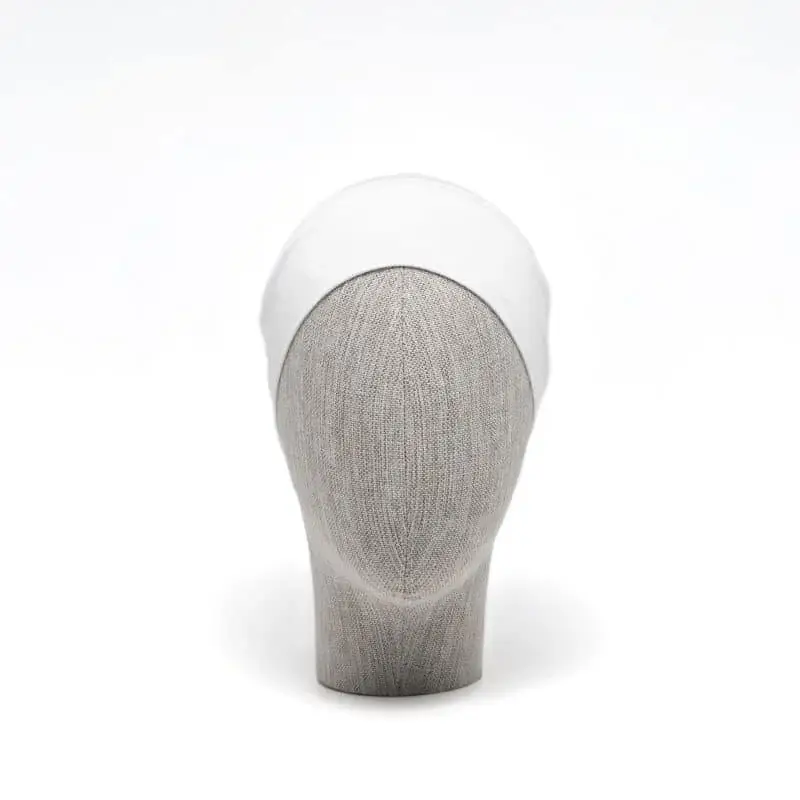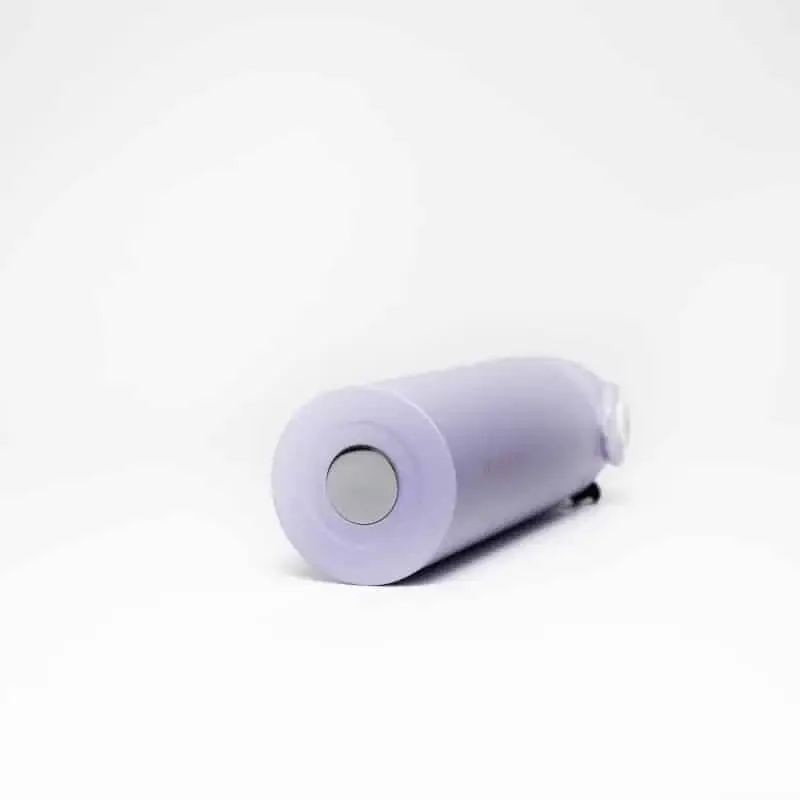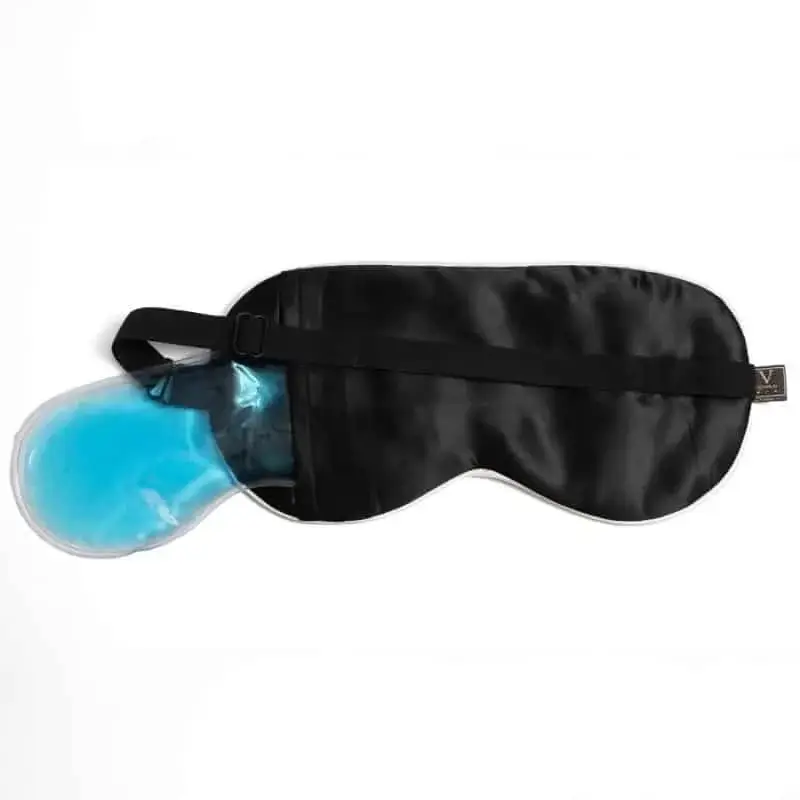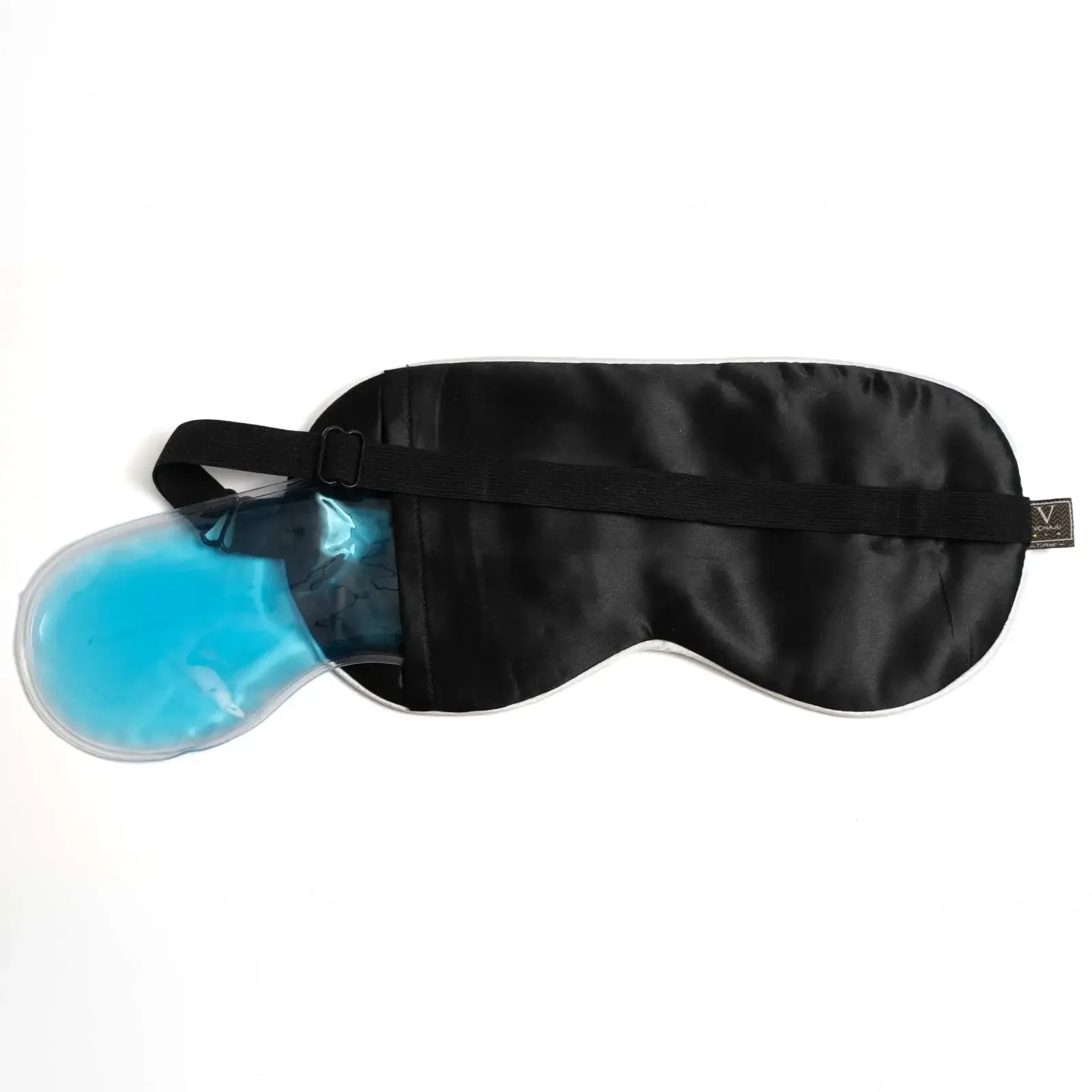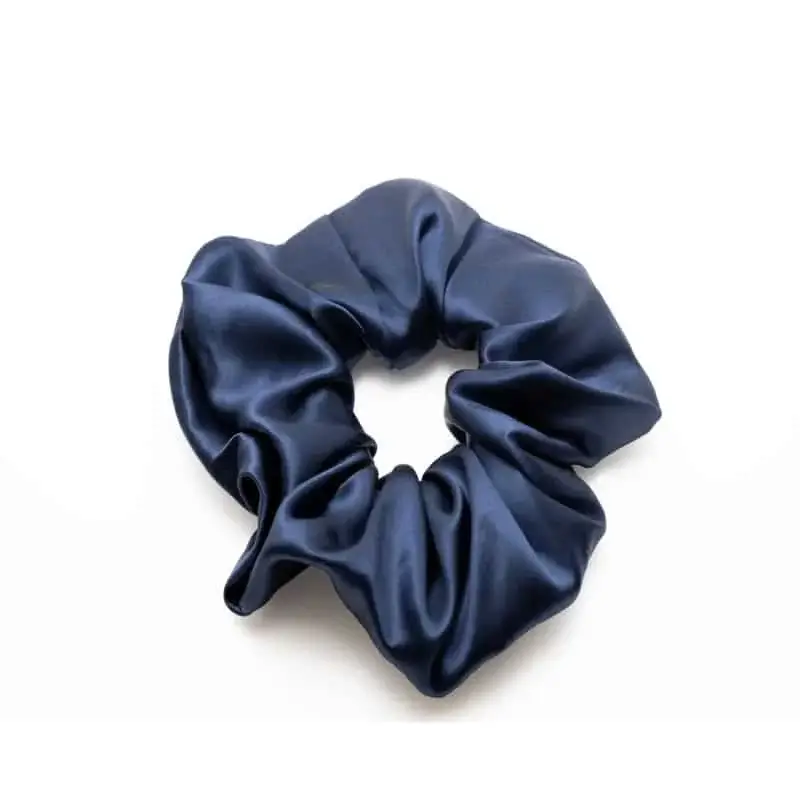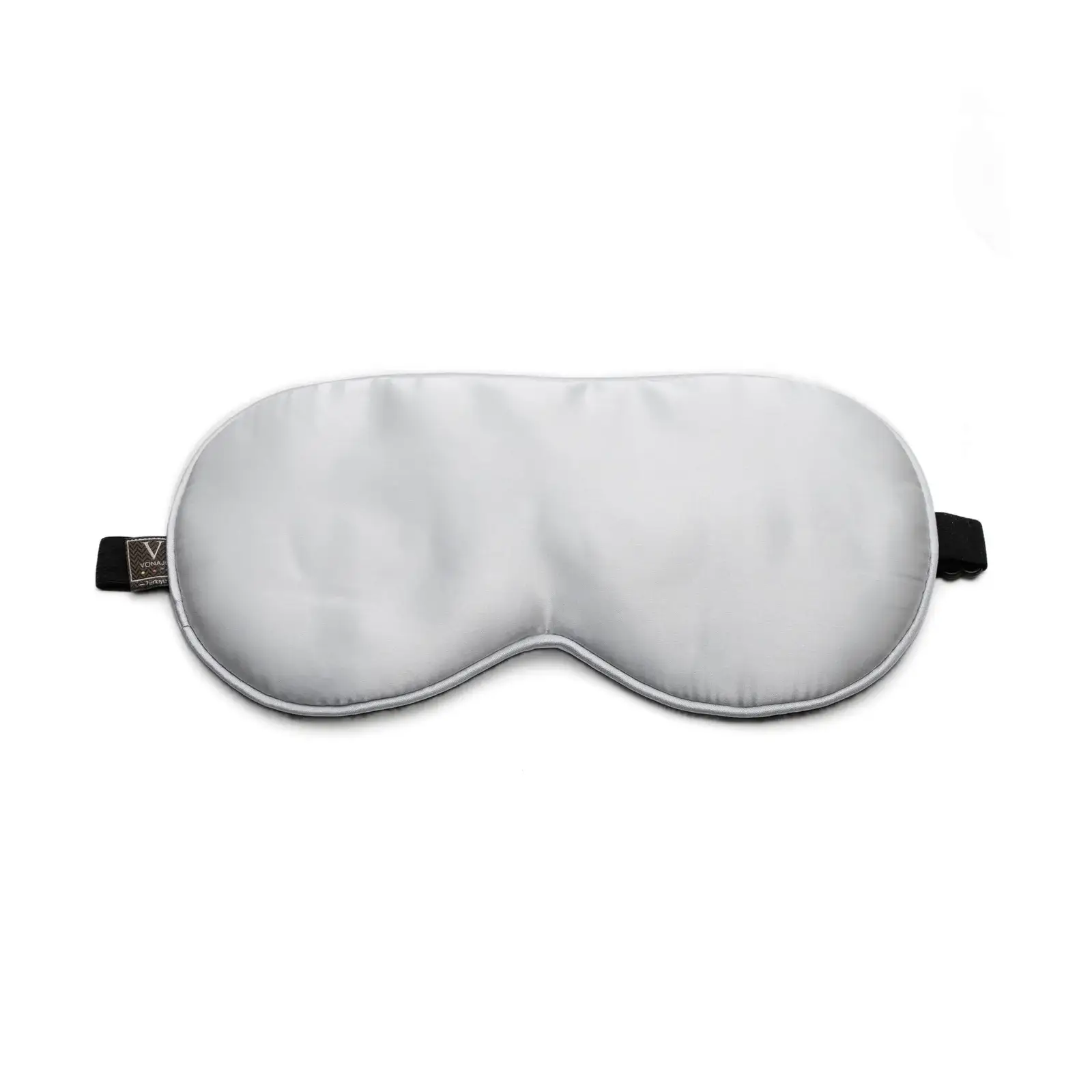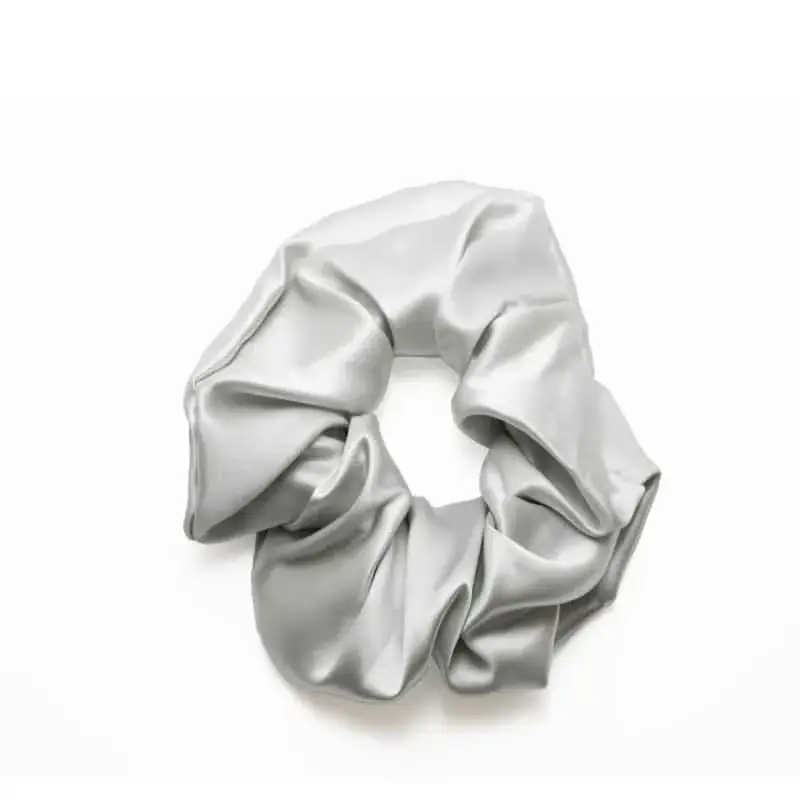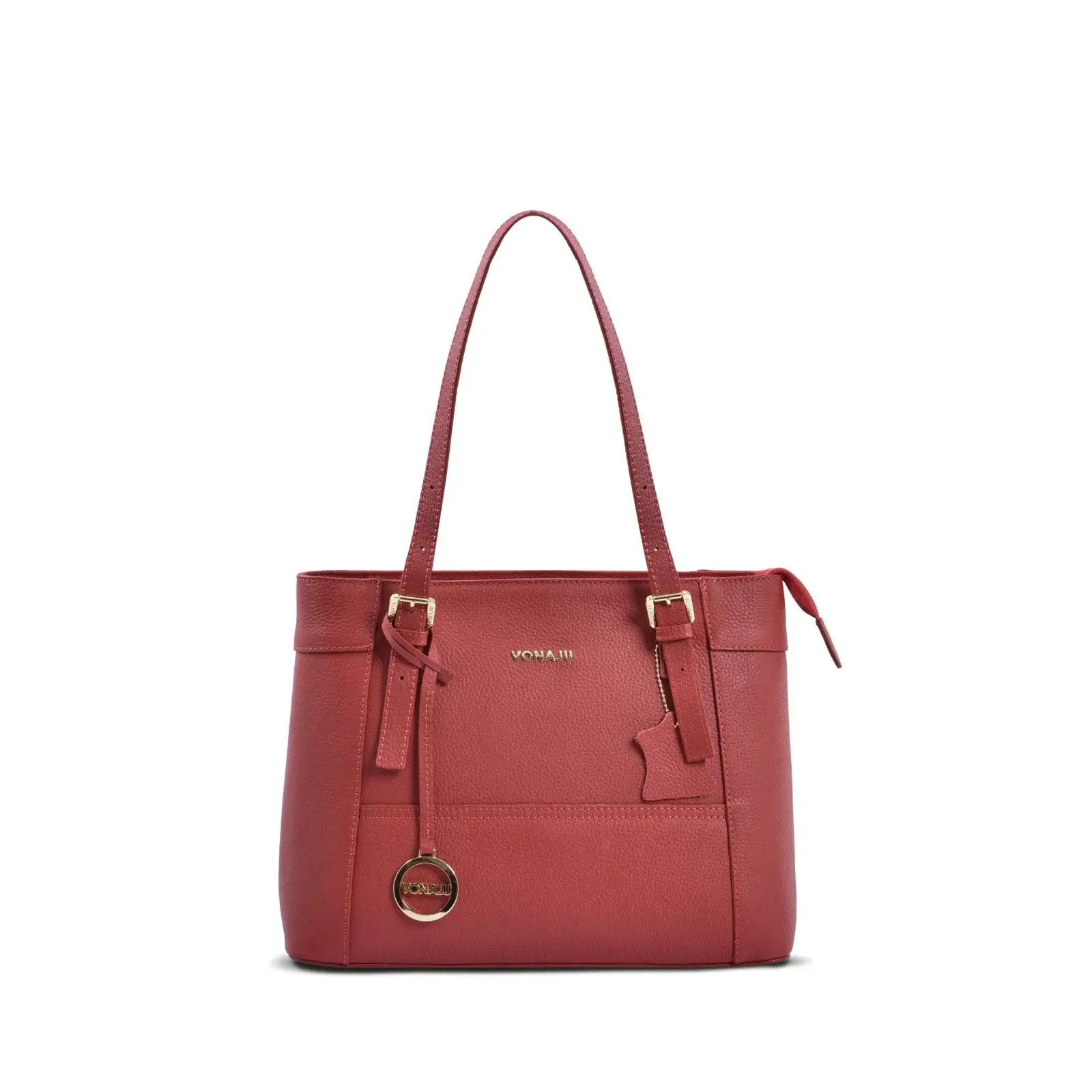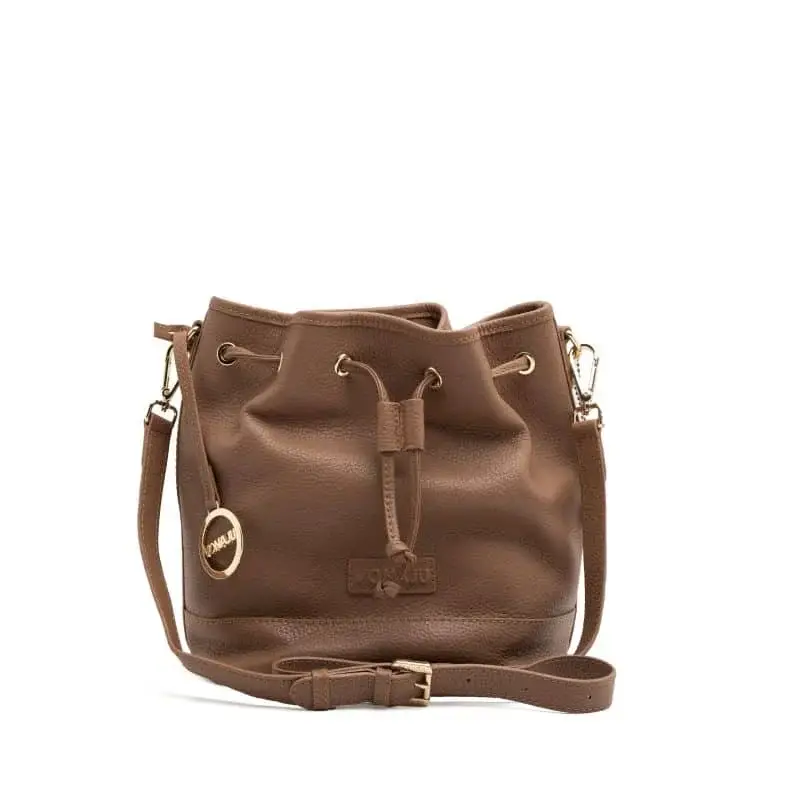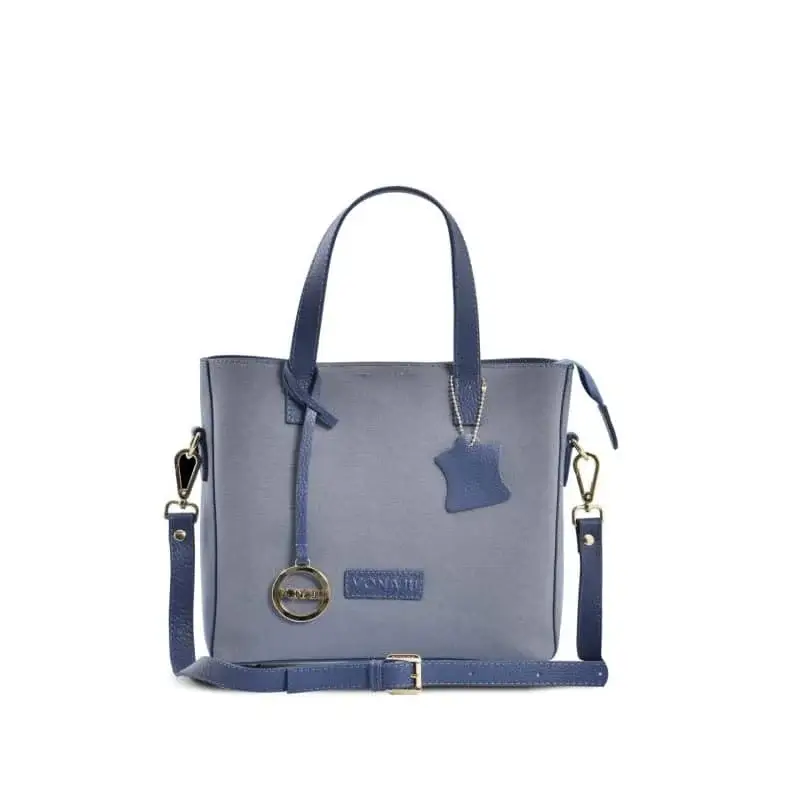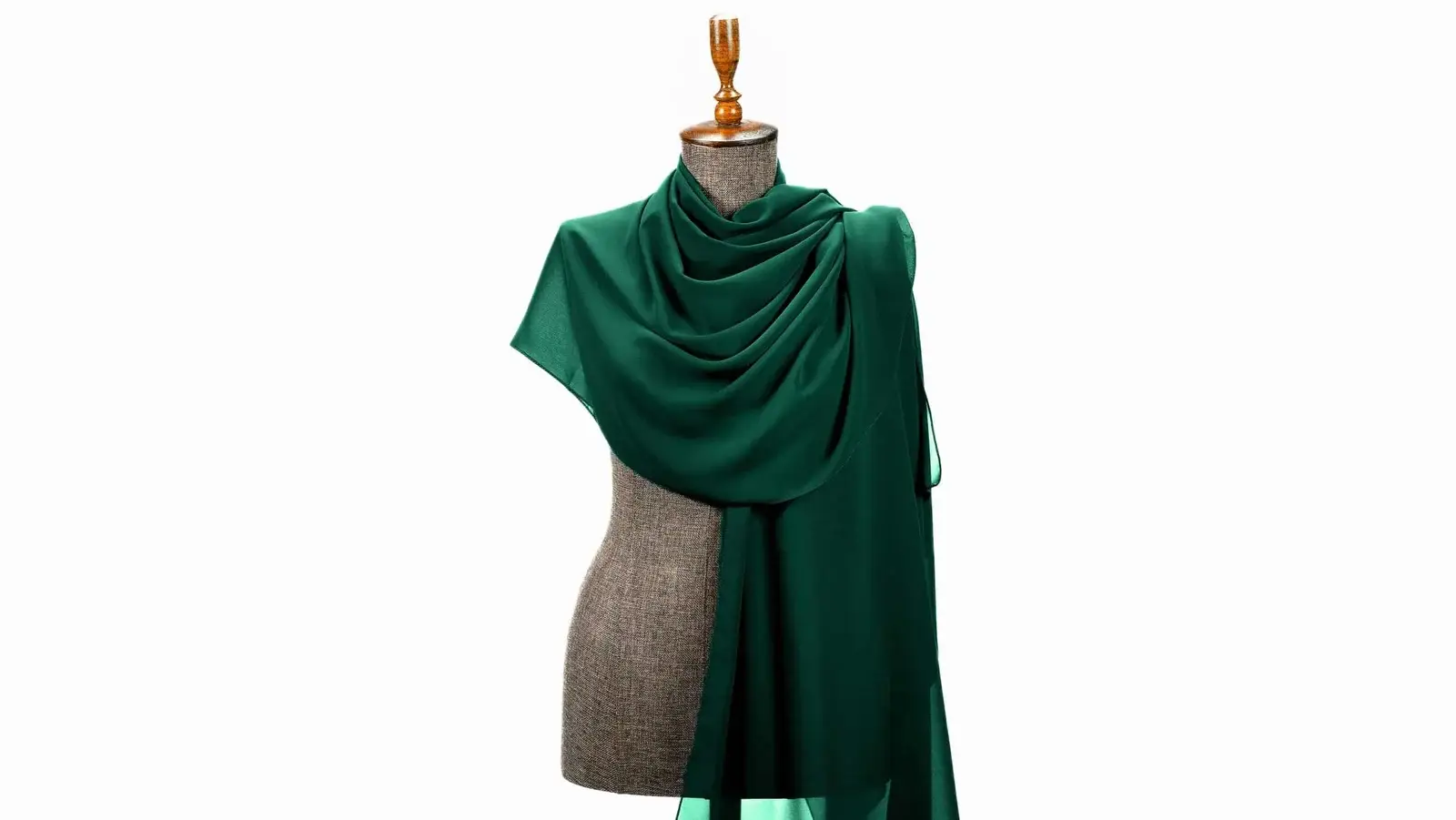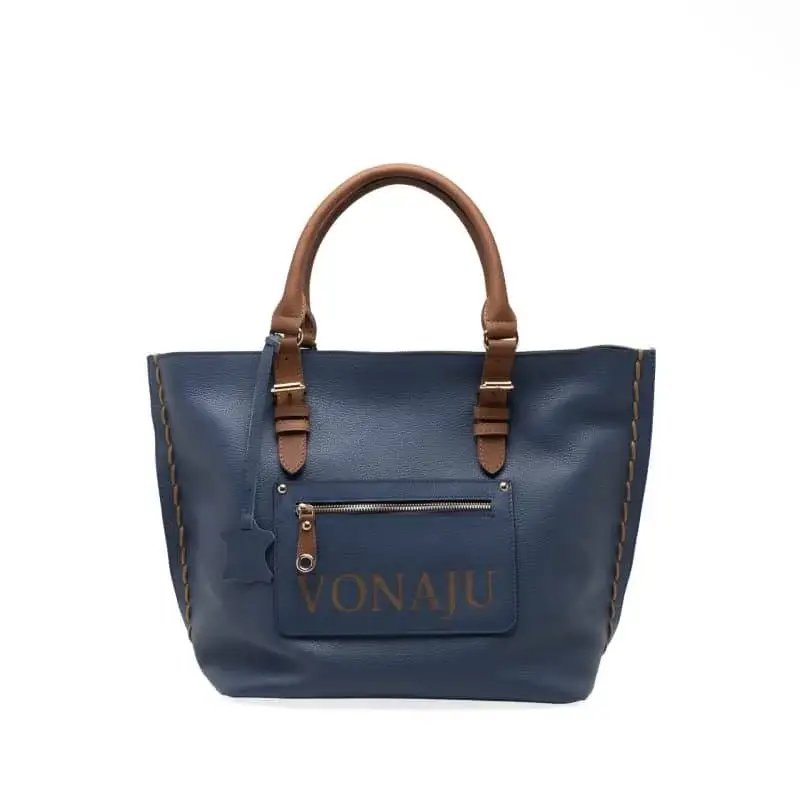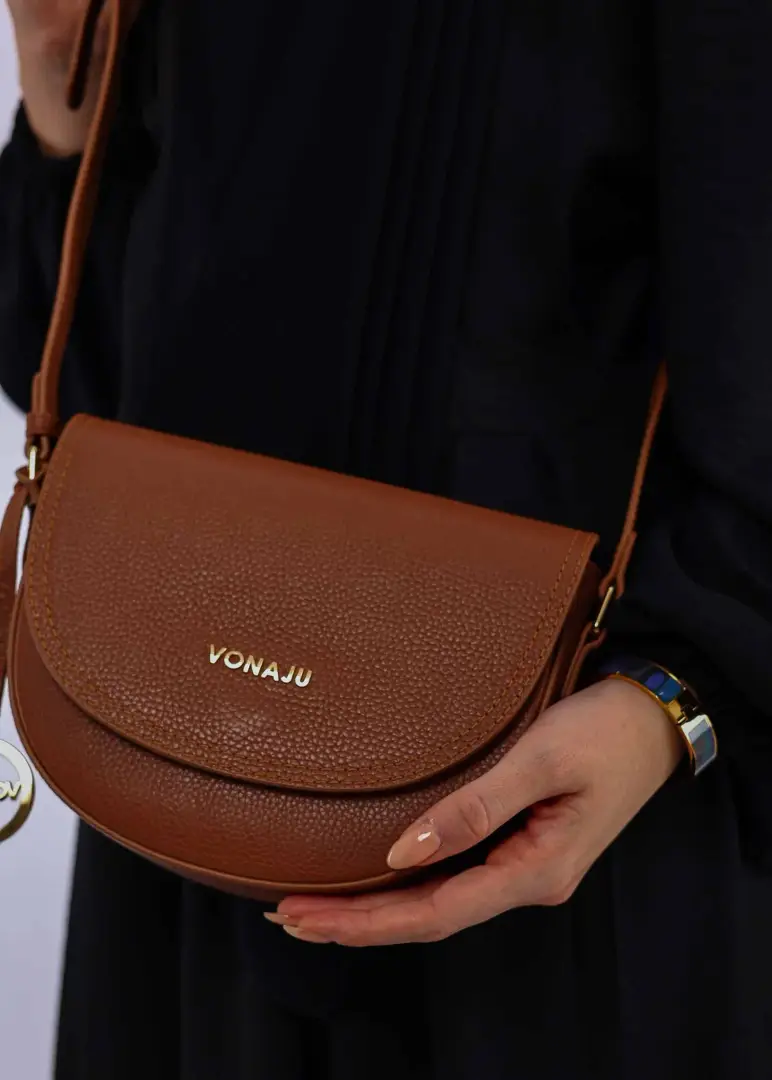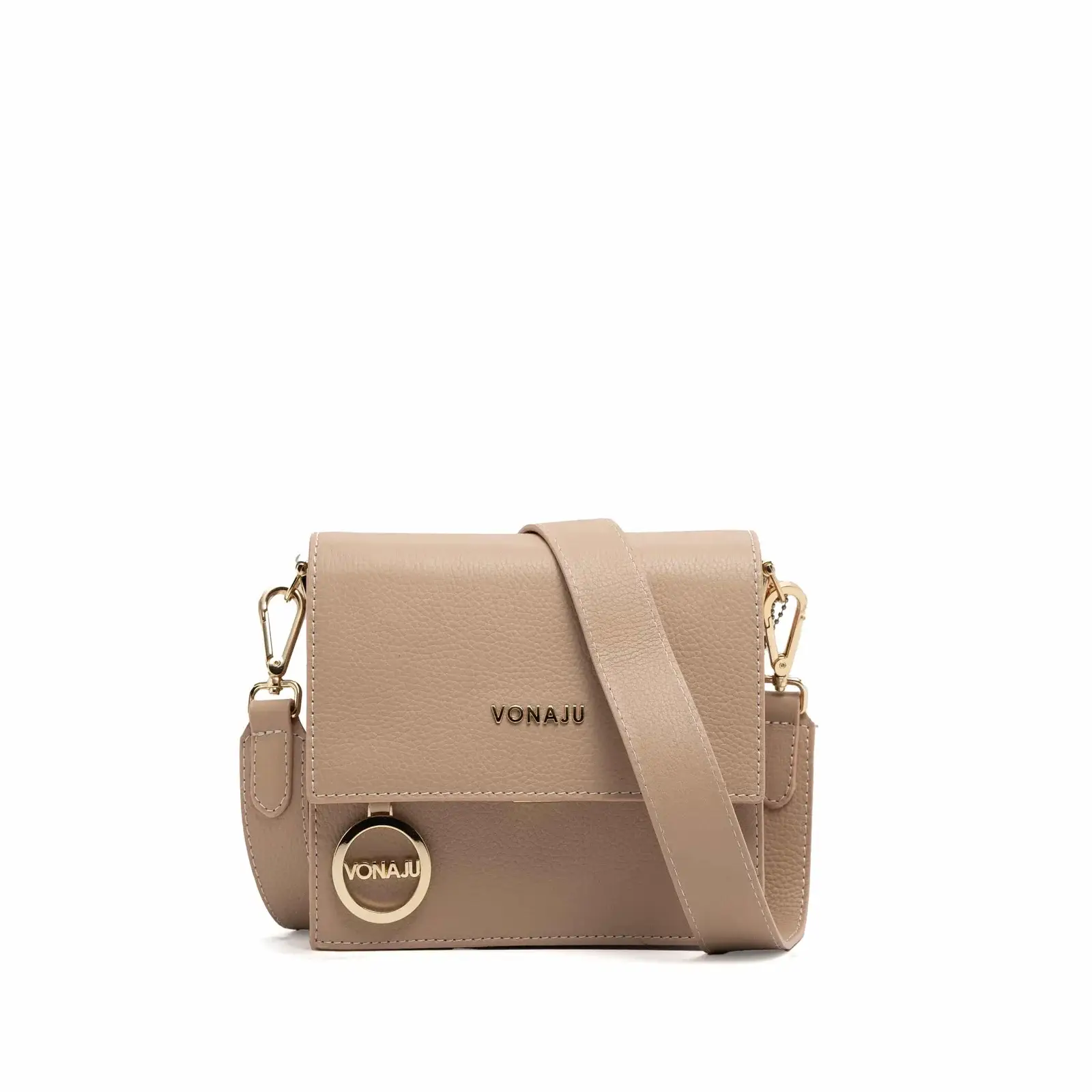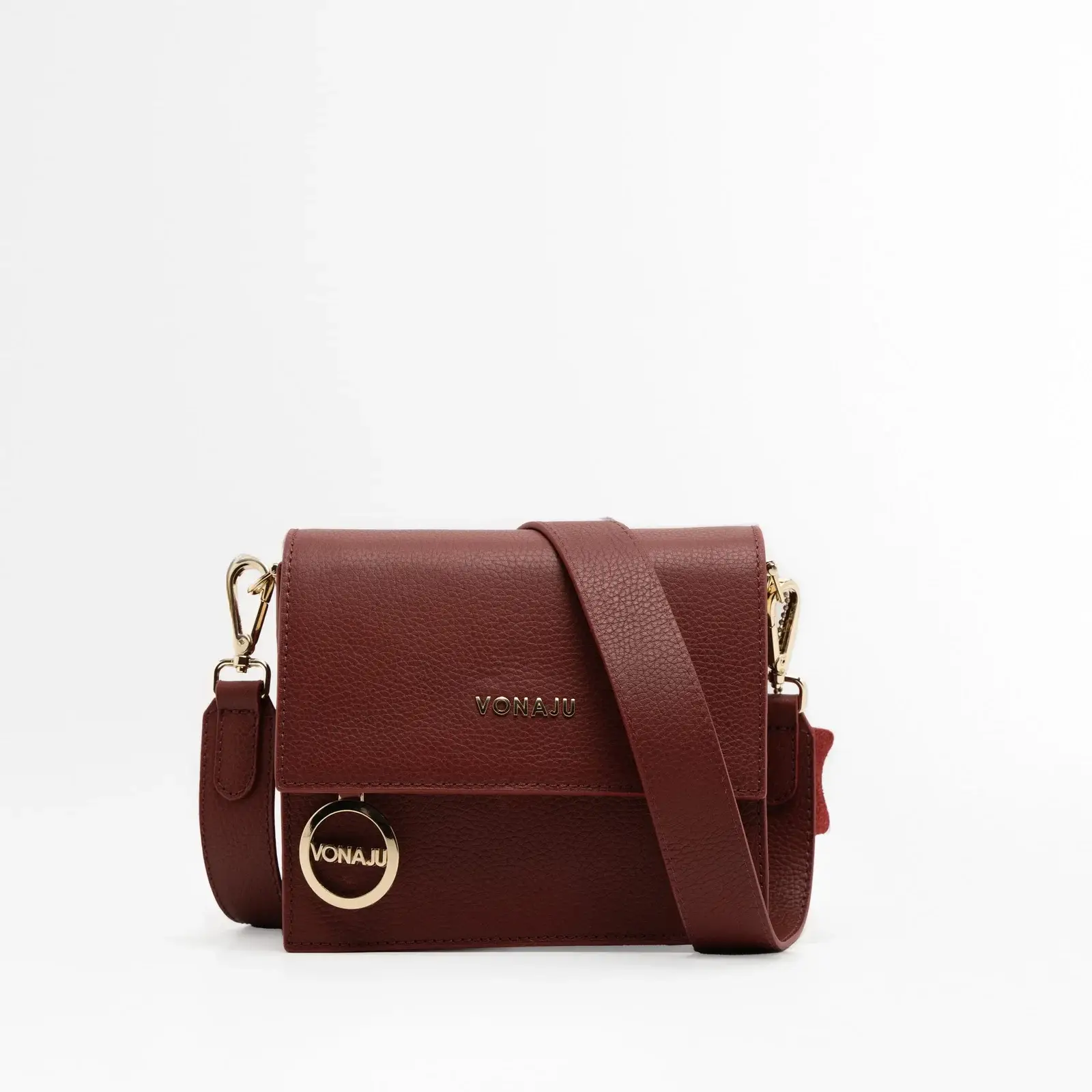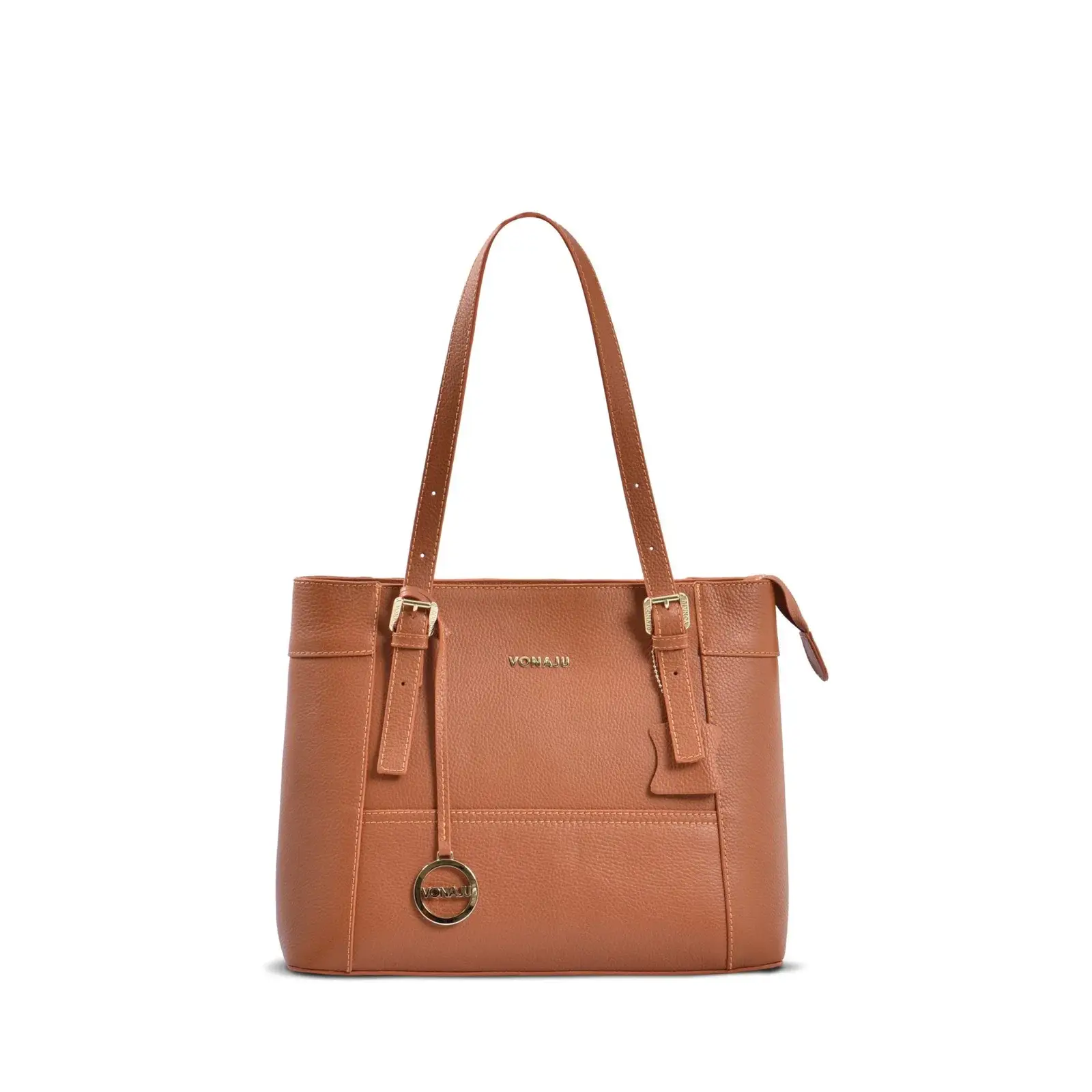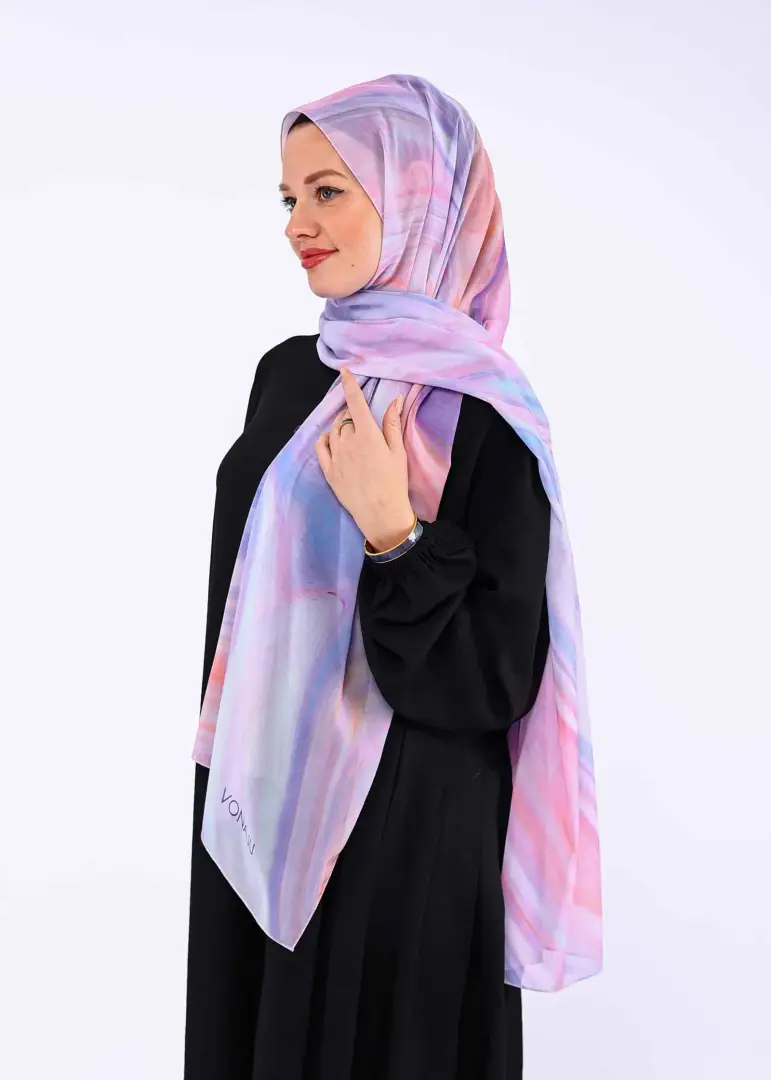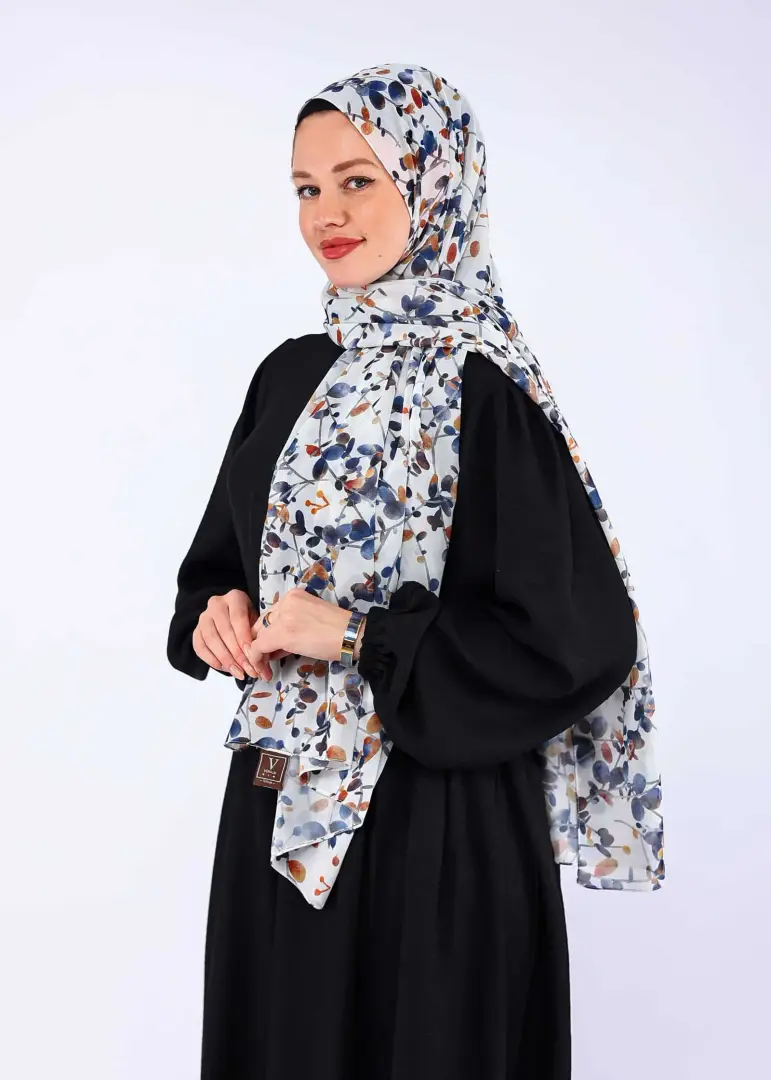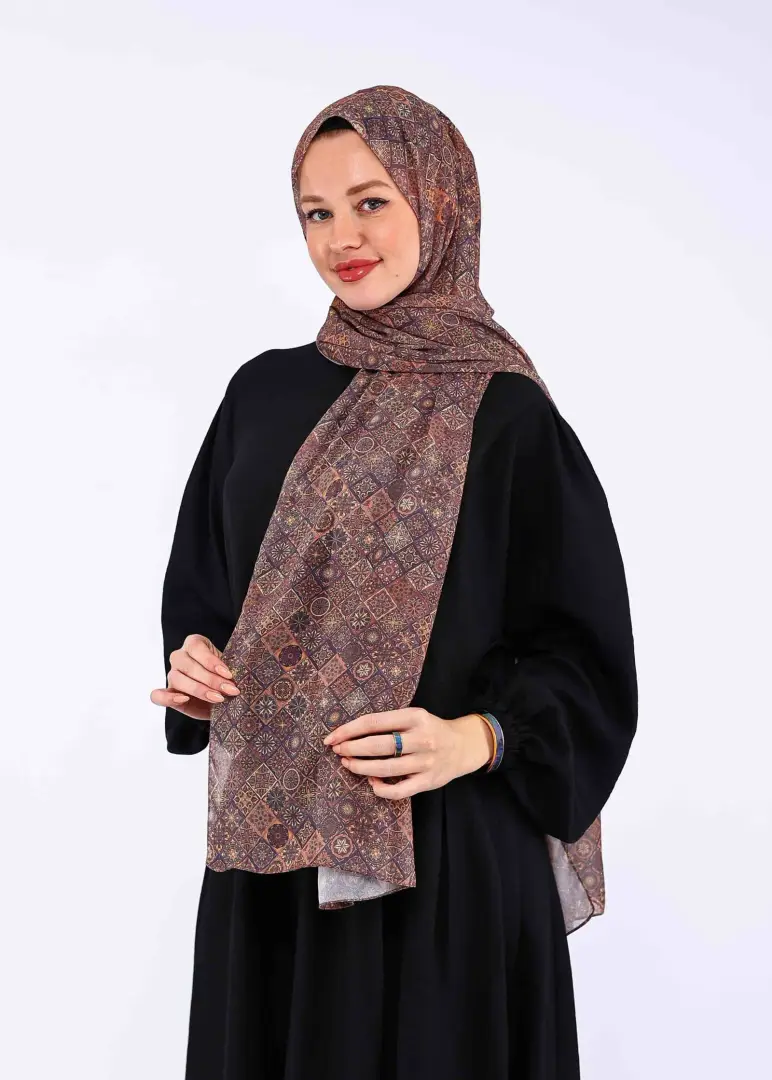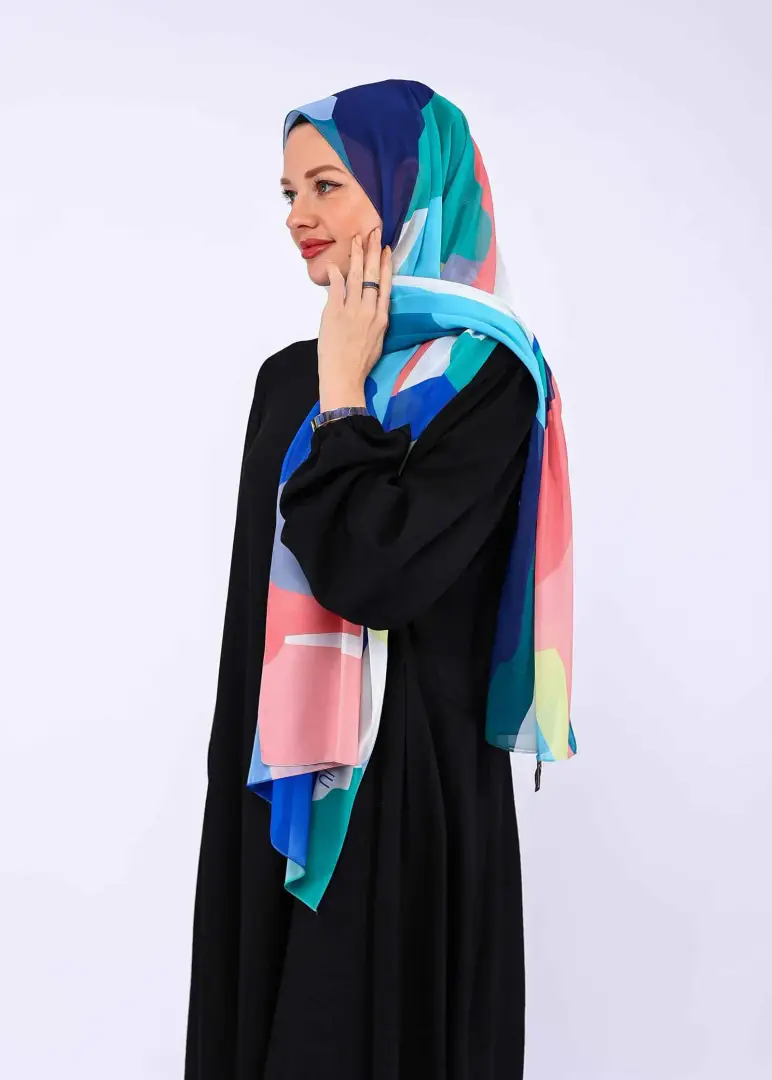Hello
Quality That Lasts a Lifetime.
Elegance in Every Detail
Crafted from Natural Leather, Gilded with Gold – An Unfolding Tale of Enduring Elegance.
Trending Bags
Trending Scarves
Trending Accessories
Elegance Collection
What People Are Saying
"Fantastic shop! Great selection, fair prices, and friendly staff. Highly recommended. The quality of the products is exceptional, and the prices are very reasonable!"

Wonderful store! Excellent variety, affordable prices, and welcoming staff. Truly recommend. The product quality is outstanding, and everything is priced fairly!

"I love this shop! Top-quality products and super friendly staff. They always ensure I'm satisfied with my purchase."
"I absolutely love this shop! The products are high-quality and the customer service is excellent. I always leave with exactly what I need and a smile on my face."

"Fantastic shop! Great selection, fair prices, and friendly staff. Highly recommended. The quality of the products is exceptional, and the prices are very reasonable!"

Wonderful store! Excellent variety, affordable prices, and welcoming staff. Truly recommend. The product quality is outstanding, and everything is priced fairly!

"I love this shop! Top-quality products and super friendly staff. They always ensure I'm satisfied with my purchase."
"I absolutely love this shop! The products are high-quality and the customer service is excellent. I always leave with exactly what I need and a smile on my face."

"Fantastic shop! Great selection, fair prices, and friendly staff. Highly recommended. The quality of the products is exceptional, and the prices are very reasonable!"

Wonderful store! Excellent variety, affordable prices, and welcoming staff. Truly recommend. The product quality is outstanding, and everything is priced fairly!

"I love this shop! Top-quality products and super friendly staff. They always ensure I'm satisfied with my purchase."
Wonderful store! Excellent variety, affordable prices, and welcoming staff. Truly recommend. The product quality is outstanding, and everything is priced fairly!

"I love this shop! Top-quality products and super friendly staff. They always ensure I'm satisfied with my purchase."
"I absolutely love this shop! The products are high-quality and the customer service is excellent. I always leave with exactly what I need and a smile on my face."

"Fantastic shop! Great selection, fair prices, and friendly staff. Highly recommended. The quality of the products is exceptional, and the prices are very reasonable!"

Wonderful store! Excellent variety, affordable prices, and welcoming staff. Truly recommend. The product quality is outstanding, and everything is priced fairly!

"I love this shop! Top-quality products and super friendly staff. They always ensure I'm satisfied with my purchase."
"I absolutely love this shop! The products are high-quality and the customer service is excellent. I always leave with exactly what I need and a smile on my face."

"Fantastic shop! Great selection, fair prices, and friendly staff. Highly recommended. The quality of the products is exceptional, and the prices are very reasonable!"

Wonderful store! Excellent variety, affordable prices, and welcoming staff. Truly recommend. The product quality is outstanding, and everything is priced fairly!

"I love this shop! Top-quality products and super friendly staff. They always ensure I'm satisfied with my purchase."
"I love this shop! Top-quality products and super friendly staff. They always ensure I'm satisfied with my purchase."
"I absolutely love this shop! The products are high-quality and the customer service is excellent. I always leave with exactly what I need and a smile on my face."

"Fantastic shop! Great selection, fair prices, and friendly staff. Highly recommended. The quality of the products is exceptional, and the prices are very reasonable!"

Wonderful store! Excellent variety, affordable prices, and welcoming staff. Truly recommend. The product quality is outstanding, and everything is priced fairly!

"I love this shop! Top-quality products and super friendly staff. They always ensure I'm satisfied with my purchase."
"I absolutely love this shop! The products are high-quality and the customer service is excellent. I always leave with exactly what I need and a smile on my face."

"Fantastic shop! Great selection, fair prices, and friendly staff. Highly recommended. The quality of the products is exceptional, and the prices are very reasonable!"

Wonderful store! Excellent variety, affordable prices, and welcoming staff. Truly recommend. The product quality is outstanding, and everything is priced fairly!

"I love this shop! Top-quality products and super friendly staff. They always ensure I'm satisfied with my purchase."
